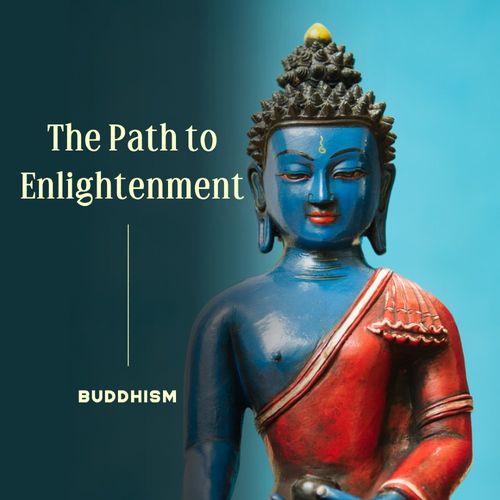What are the four noble truths of Buddhism?
Jul 18, 2021 · 2 mins read
0
Share

When the Buddha gained enlightenment under the Bodhi tree in India, over 2,500 years ago, he shared his first sermon with five fellow meditators whom he believed could understand these teachings (or ‘dharma’) quickly. The first thing he imparted was the Four Noble Truths.
Save
Share
The Four Noble Truths are a set of principles that contain the essence of Buddhist philosophy. They are structured like a doctor treating a patient: the problem is identified first, followed by the cause, then a prognosis, and finally a path to healing (or cure).
Save
Share
The first truth (dukkha) is simply an acknowledgement that suffering exists. There’s the obvious kind that Buddha witnessed on his first journey outside his palace (old age, sickness, and death). Then there’s the far more subtle kind that runs deep in all of us.
Save
Share
Even when we’re not wrestling with big emotions like grief and heartache, we often feel unfulfilled and unsatisfied. Pleasure simply comes and goes. This is the truth of suffering. It’s not a pessimistic outlook; it’s just the way it is.
Save
Share
The second truth (samudaya) is the origin of suffering: desire and ignorance. The craving for things to be different is an unquenchable thirst (and therefore causes suffering). Ignorance keeps us from seeing the world as it truly is, which gives rise to greed, envy and hatred.
Save
Share
The third truth (nirodha) is the cessation of suffering. To extinguish the fires of desire is to liberate oneself from attachment. This is the key to attaining Nirvana. When we recognize that life is impermanent, that change is constant, and that there is no “I”, we become free.
Save
Share
Nirvana is a transcendent state of mind that we can reach in this life. Attaining enlightenment means letting go of negativity and longing. Instead, we embrace acceptance and compassion for all things.
Save
Share
The fourth truth (magga) is the path to the cessation of suffering. This is known as the Eightfold Path and its steps are (in no order): right understanding, right intention, right speech, right action, right livelihood, right effort, right mindfulness and right concentration.
Save
Share
These steps, also called the Middle Way, are represented as a wheel because they all reinforce each other. They can be grouped in themes: wisdom (understanding and intention), ethical conduct (speech, action, livelihood) and meditation (effort, mindfulness, and concentration).
Save
Share
The Buddha saw his teachings as a means to an end, not an end in itself – like a raft that can help you cross a treacherous river. Once you’ve reached the other side safely, once you’ve experienced enlightenment for yourself, there’s no longer any need for the raft.
Save
Share
0